Publish a journal article
From finding the right journal to maximising the impact of your work, we're with you every step of the way.

No matter how many times you have done it, it’s an incredible feeling to publish an article. Seeing months, maybe years of hard work finalised, ready to go out into the world and earn recognition, is something to treasure.
We do all we can to help you reach that point smoothly. And we will stay with you as you navigate the world as a published author, helping you to maximise the impact of your work.
Let's get started.
Choose the right journal
We publish over 50 world-leading journals that span the core chemical sciences and related fields. You can browse our journals and use our helpful journal finder to show the publishing options and prices available to you based on your institution and funder.
Browse our journalsJournal finder
Need some help? Read our useful tips to help you choose.
Check the guidelines
Chosen your journal? Now check the guidelines to get templates and guidance on how to prepare and submit your article. The guidelines include information on the assessment, review and publication process for the journal as well. You can also view other useful links at the bottom of this page.
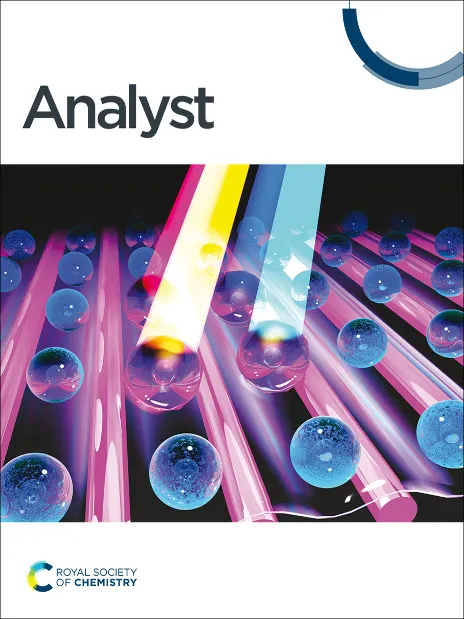
Analyst
Author Guidelines
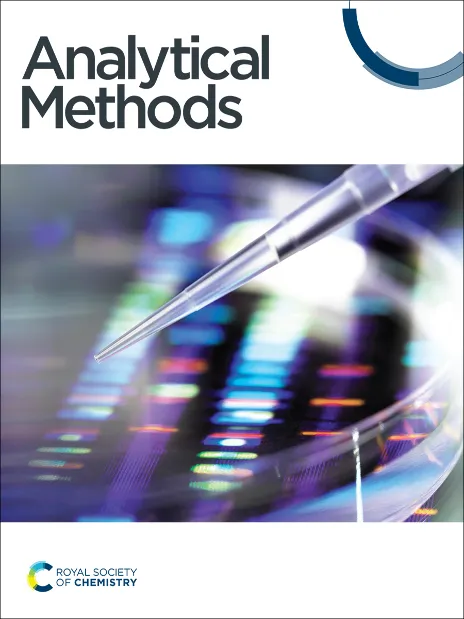
Analytical Methods
Author Guidelines
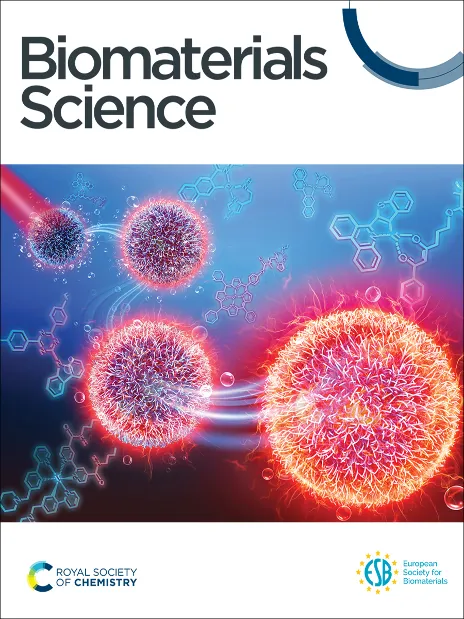
Biomaterials Science
Author Guidelines
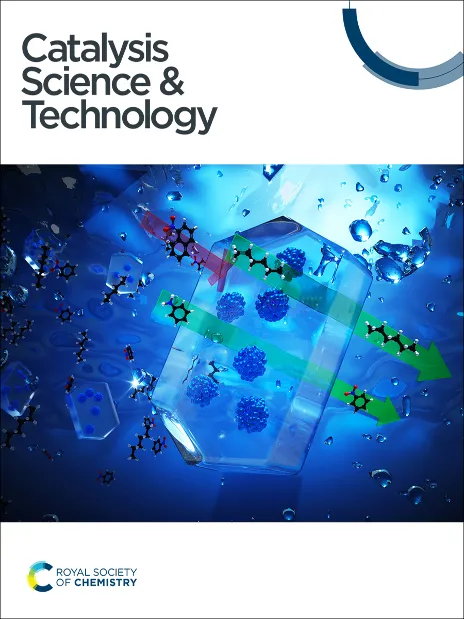
Catalysis Science and Technology
Author Guidelines
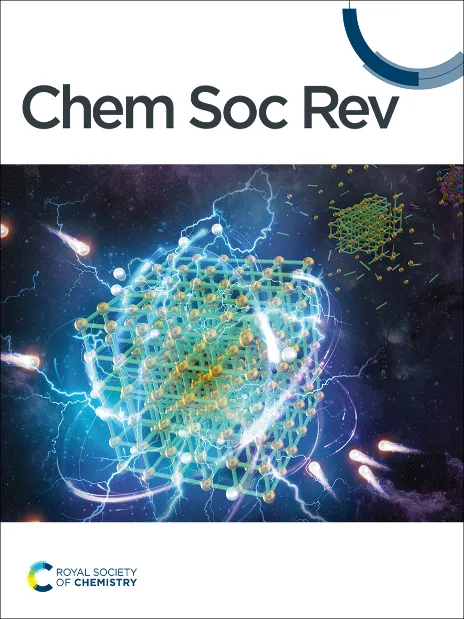
Chem Soc Rev
Author Guidelines

ChemComm
Author Guidelines

Chemical Science
Author Guidelines

Chemistry Education Research and Practice
Author Guidelines
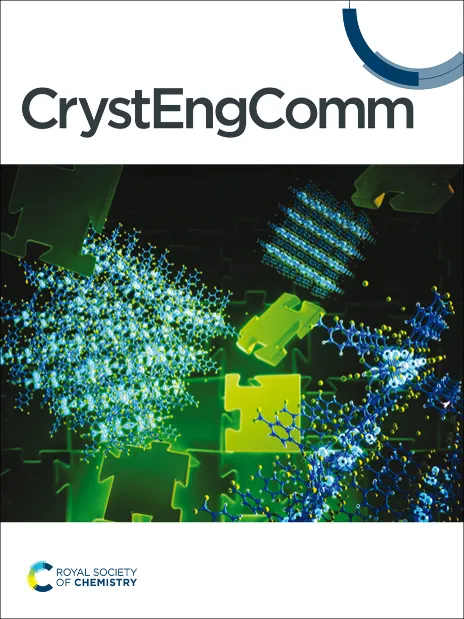
CrystEngComm
Author Guidelines

Dalton Transactions
Author Guidelines
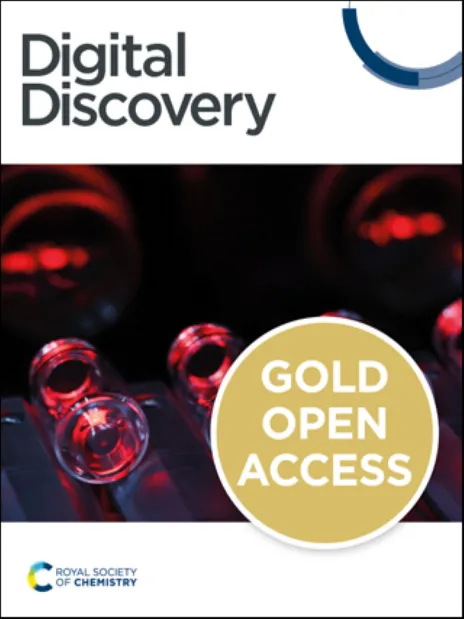
Digital Discovery
Author Guidelines
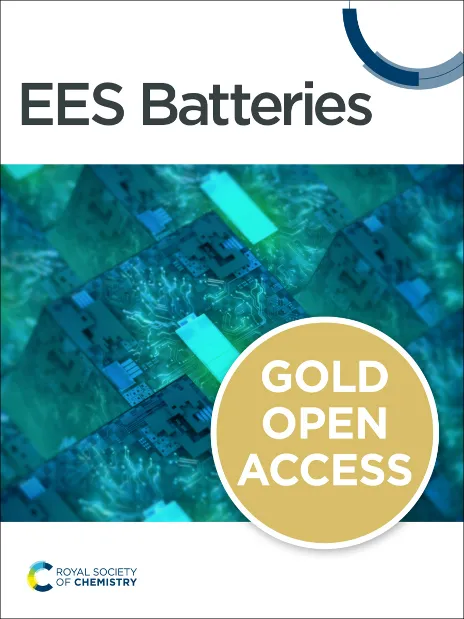
EES Batteries
Author Guidelines
Relevant information
Maximise your visibility
Having your article published is only the first step to sharing your research with the world. Read our tips and advice on how to get your article found, read and cited.
Experimental reporting
All data associated with the research in a manuscript should enable other researchers to replicate and build on that research. Find out how to present experimental procedures and results which are included within your article.
Data sharing
We want our authors and readers to trust the research that is published in our journals. Follow our guidance for best practice and reproducibility of experimental data, including recommended repositories.
Professional promotion service
Promote your research. Accelerate its impact.
Exciting developments deserve maximum exposure. We work with Editage to help you prepare and share the highest quality version of your research.